Volunteer programs are fundamental to nonprofit success since volunteers’ time and labor directly contribute to keeping nonprofits running. Plus, volunteers are often some of the most engaged advocates. Often donating their time and money to promote your cause to a wider audience, these supporters bolster your organization with their passionate enthusiasm.
Nowadays, digital advertisements are one of the most effective ways to promote your volunteer program. Digital ads allow your organization to promote its non-financial opportunities and engage your supporters in a variety of activities rather than just asking for donations.
In this guide, we’ll review six strategies for boosting volunteer registrations with digital advertising. To get started:
- Take advantage of the Google Ad Grant.
- Optimize your SEO approach.
- Make your ads compelling.
- Send supporters to a valuable webpage.
- Utilize A/B testing.
- Track conversions to measure success.
As a volunteer coordinator, you know that recruitment is one of the most fundamental aspects of volunteer management. By pursuing a digital ad campaign to promote your volunteer opportunities, you can meet supporters where they are and increase your volunteer sign-ups. Let’s dive in!
1. Take advantage of the Google Ad Grant.
If you work with a smaller or mid-sized organization, you might think investing in a digital ad campaign in addition to your traditional marketing efforts would be too much for your budget. However, there’s a specific grant dedicated to making digital advertising more accessible to nonprofits—the Google Ad Grant.
In the Google Ad Grant Program, Google offers eligible nonprofits and other charitable organizations $10,000 per month to spend on Google Ads. Google Ads are the sponsored links that appear at the top of search engine results pages.
Depending on your organization’s goals, you can choose to bid on a variety of keywords using funds from the Google Ad Grant. For instance, if you’re working for an animal shelter in Columbus, Ohio, you might go for keywords such as “animal shelter volunteering near me” or “animal shelters in Columbus, Ohio.”
By pursuing a Google Ads strategy backed by the Google Ad Grant, you can keep your website content front and center when users search for relevant keywords. You can use ad spots to point users to your informational pages as well as your volunteer sign-up page to increase engagement in your volunteer program.
To learn more about the Google Ad Grant and how to apply, check out Nonprofit Megaphone’s quick guide.
2. Make your social media ads compelling.
There are plenty of other types of digital advertising besides Google Ads. In particular, social media advertising is gaining popularity because it allows organizations to speak with their target audience directly.
Social media platforms such as Instagram, Facebook, and Twitter allow you to create targeted ads that are delivered to audience members who match specified characteristics. For example, you can create a Facebook ad campaign that targets women ages 25-40 who live in your area and are interested in nonprofit organizations.
Too often, organizations get caught up in the excitement of social media advertising and forget to focus on the basics. Remember that without compelling content, your ads won’t be effective at driving traffic to your website and ultimately helping you recruit more volunteers.
To ensure your social media ads are as effective as possible, keep these best practices in mind:
- Use compelling imagery that resonates with your audience. If you’re creating an ad that combines images and text, be sure to choose an image that encapsulates the essence of your volunteer program. For instance, use a photo of volunteers constructing a new home or serving dinner at a retirement home. Vivid images allow prospective volunteers to put themselves in volunteers’ shoes and understand the impact of volunteer work.
- Promote your unique offerings. Does your volunteer program offer training opportunities? Do you host social events for volunteers to get to know one another? Be sure to promote the unique aspects of your volunteer program that offer something valuable to participants.
- Craft a motivational call to action. Don’t overlook the importance of creating exciting written content. Make sure any text within your social media ads acts as a motivational call to action that encourages users to click your ad to learn more about your volunteer program. Go beyond the basics like “click here to learn more” and instead use vivid language like “Visit our website to find out how you can make a difference” or “Sign up to volunteer and see the change you can make.”
Be sure to also tailor your social media ads to each platform. Create different ads to ensure the formatting is appropriate for each site. For instance, your Instagram ads should feature an engaging image, and your Twitter ad content should be short and sweet. This ensures each ad makes sense and is easily viewable.
3. Utilize A/B testing.
As GivingMail’s nonprofit marketing guide explains, A/B testing is the process of creating two different ads with a similar message and analyzing the performance of each one.
To boost your digital advertising efforts, you can compare the success rates of different versions of your digital ads to note which ones are more effective at converting audience members into volunteers.
Here are a few different elements of your digital advertising campaign that you can change up to assess their effectiveness:
- Images: You can test a few different images such as ones that depict groups of volunteers, solo volunteers, or volunteers interacting with other community members.
- Written copy: Create a few different versions of your volunteer program description to determine which is most effective. For example, do web users respond better when you write, “Find out what our volunteer program has to offer” or “Discover the change you can make as a volunteer”?
- Your call to action: Test out a few different call to action phrases, such as “Volunteer Today!”, “Start Your Volunteer Journey,” or “Get Involved.”
You can use A/B testing for all elements of your digital advertising campaign—your Google Ads, social media ads, webpages, and more. Be sure to only change one element of your campaigns at a time to understand which changes made an impact. Continuously iterate your marketing content until you’ve determined which combination of elements is most effective.
4. Optimize your SEO approach.
To optimize your online visibility, you should pursue a combination of paid and organic digital advertising campaigns. One way to enhance the exposure of your volunteer pages without having to spend any funds is to implement effective search engine optimization (SEO) strategies.
SEO is the process of modifying your website content to give your site’s pages the best chance of appearing at the top of search results pages when users search for relevant keywords. SEO strategies are valuable for nonprofits because they can increase traffic to your website, where you can drive readers to your volunteer opportunities or sign-up page.
You must optimize a variety of elements within your site pages to achieve better search results rankings, including:
- The title tag: The title tag is the headline of each website page that should include the primary keyword. The primary keyword is the term or phrase that you want that page to be associated with on search results pages.
- Heading tags: These are the headers and subheaders you use throughout your pages. They should incorporate the primary and secondary keywords (terms or phrases that are closely related to the primary keyword).
- Meta description: This short page summary appears under a web page title on the search results page. The primary keyword should also be included in the meta description.
- Page hierarchy: The content of each page should be laid out in a logical, hierarchical order, starting with the main title. Use subheadings, images, and bulleted lists to break up the text and improve readability.
You can use all of these elements to drive traffic to your volunteer program information. Let’s say you’re creating a page to showcase your online volunteer training opportunities. In this case, you’ll want to include the primary keyword “online volunteer training opportunities” in the title tag and secondary keywords like “remote volunteer training” or “volunteer training courses” throughout the piece.
This is just a brief overview of SEO principles, but plenty of other online sources such as Moz can provide you with an in-depth overview of the process.
5. Send supporters to a valuable webpage.
If your digital ads send users to a poorly designed, confusing page on your website that has little value, you won’t be able to convert interested visitors into actual supporters.
Along with following SEO strategies, several webpage design best practices can make your website stand out and act as an effective lead magnet for new volunteers.
Recharity’s guide to web design best practices includes several tips for crafting more effective website pages, including:
- Design your pages to be mobile-friendly. Most of your website visitors will be browsing your content from their mobile devices. Ensure your volunteer program website is responsive to all screen sizes, so visitors don’t face formatting issues while learning more about your program.
- Give your website visitors clear directions. Once you’ve successfully convinced interested website visitors to click on your digital ad and view your volunteering information, you have a great opportunity to encourage them to stick around and learn more. On your webpage, direct prospective volunteers to other opportunities such as your online donation form, event calendar, or email newsletter. You can engage supporters by offering them a variety of ways to get involved.
- Update your website regularly. Continuously make small improvements to your website as new trends or system updates emerge. This shows visitors that your organization is active and on the cutting edge of what’s new in the volunteering sector.
Your digital ads aren’t the end-all-be-all of your digital marketing strategy. When your website is just as strong as your online ads, you can capture visitors’ attention and increase the chances that they’ll sign up to volunteer.
6. Track conversions to measure success.
As you continue to improve and update your digital marketing strategy, keep your goals in mind and assess your progress frequently.
Remember that when it comes to your digital ads, it’s not only important to track how many people click on them. It’s arguably more important to track how many people take the desired action of signing up for your volunteer opportunities. This metric shows you how successful your digital marketing campaigns are at converting visitors into supporters of your mission.
You may also have other goals as well, such as growing your volunteer program’s email list, increasing your social media following, or encouraging visitors to donate to your program. Keep track of these metrics and adjust your approach as needed. It’s helpful to frequently refresh your digital marketing tactics to ensure your audience members don’t get bored of what you have to offer.
Wrapping Up
Digital advertising can help your organization reach a new audience of prospective volunteers and connect them with volunteer opportunities. Keep in mind that the core of your digital advertising strategy should be the quality of your marketing content. It doesn’t matter how many digital advertising platforms you use if the quality of your messaging is poor. Good luck!
.svg)


.svg)
.svg)
.svg)

.avif)



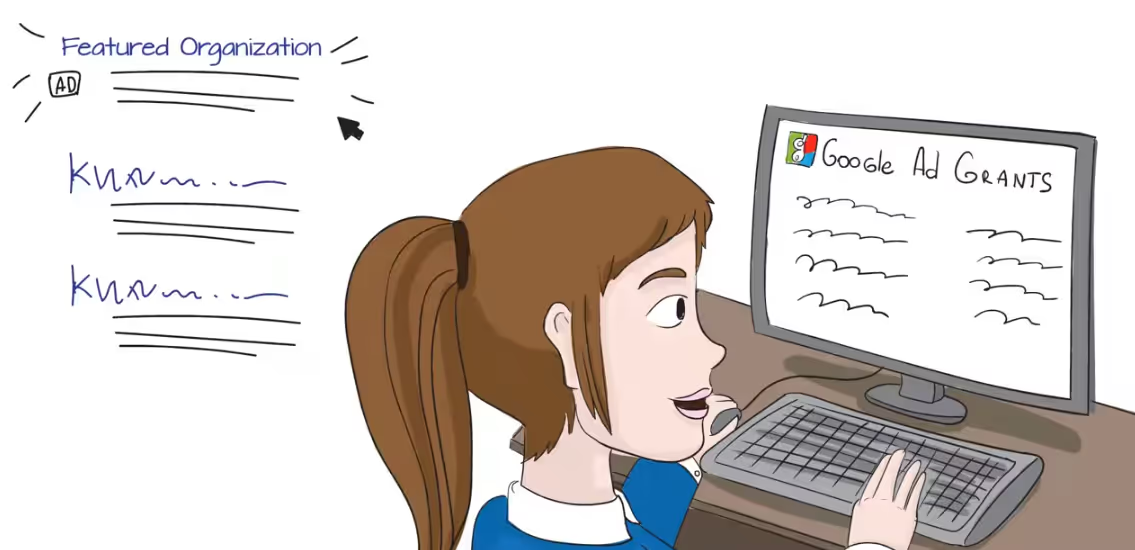




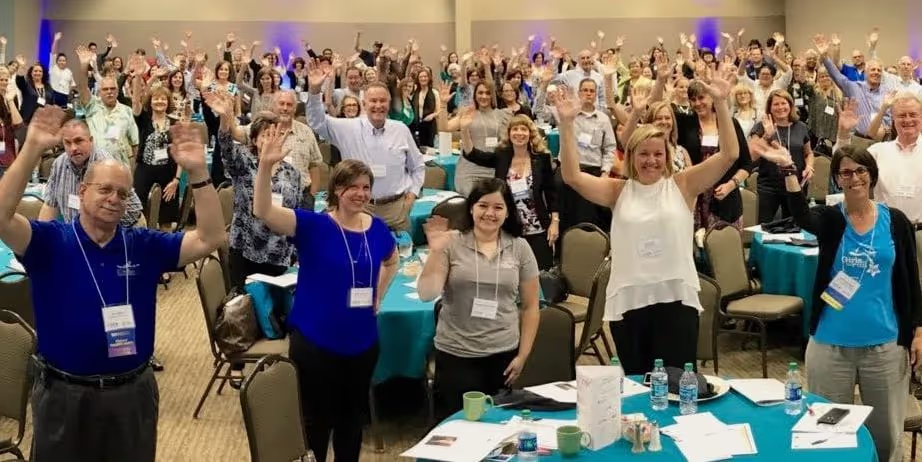



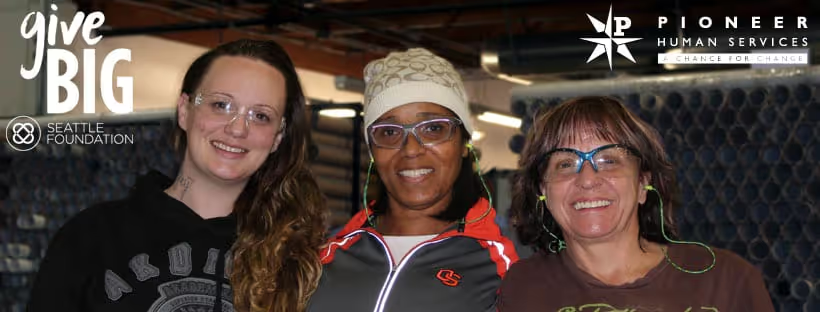



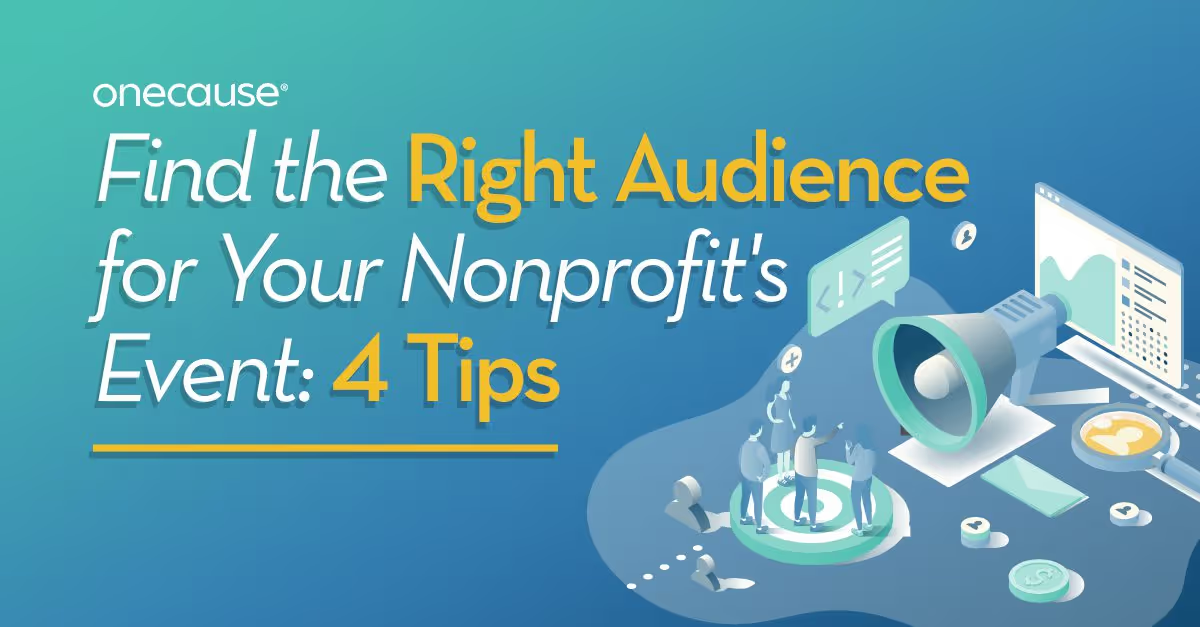









































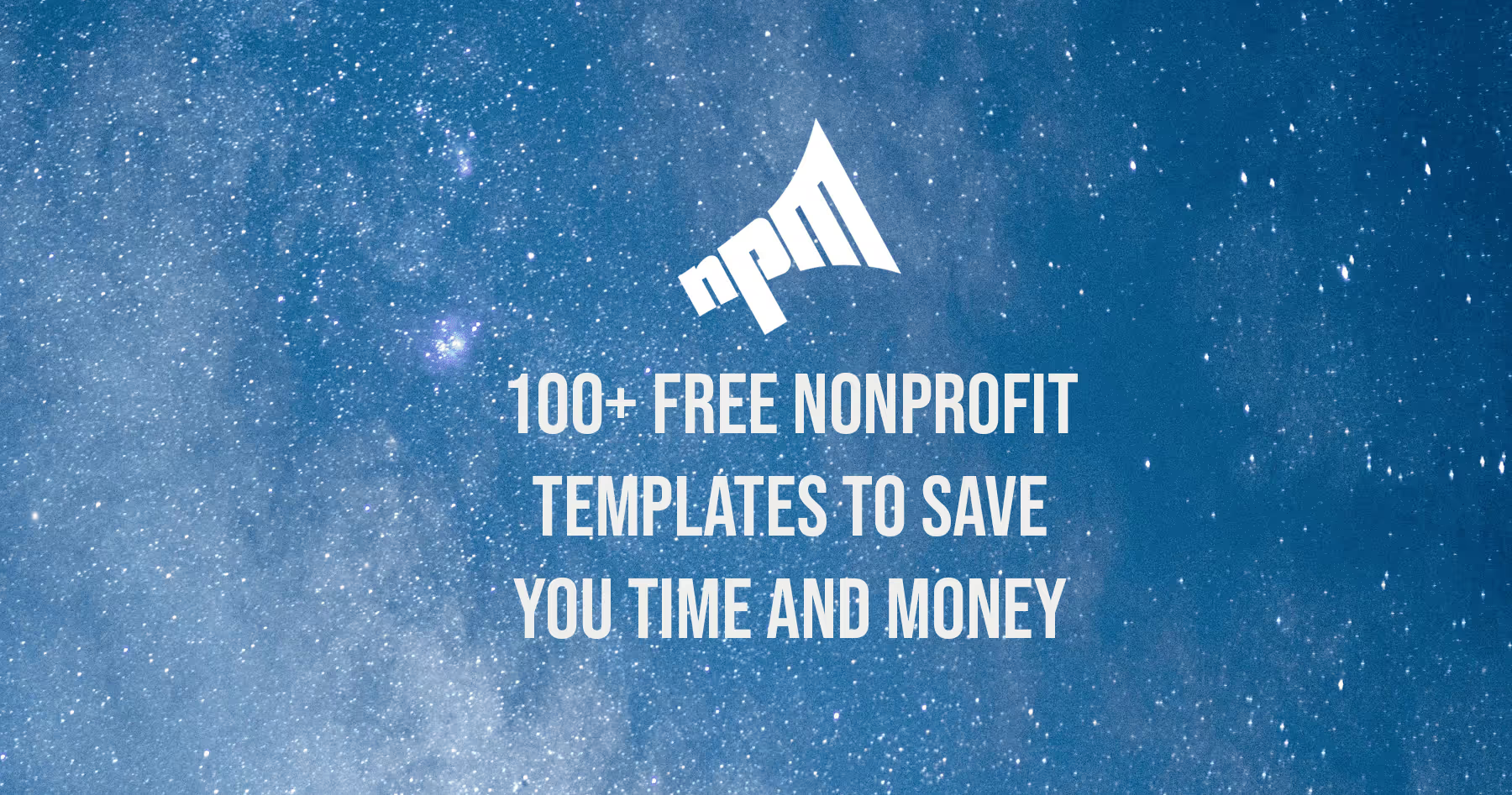













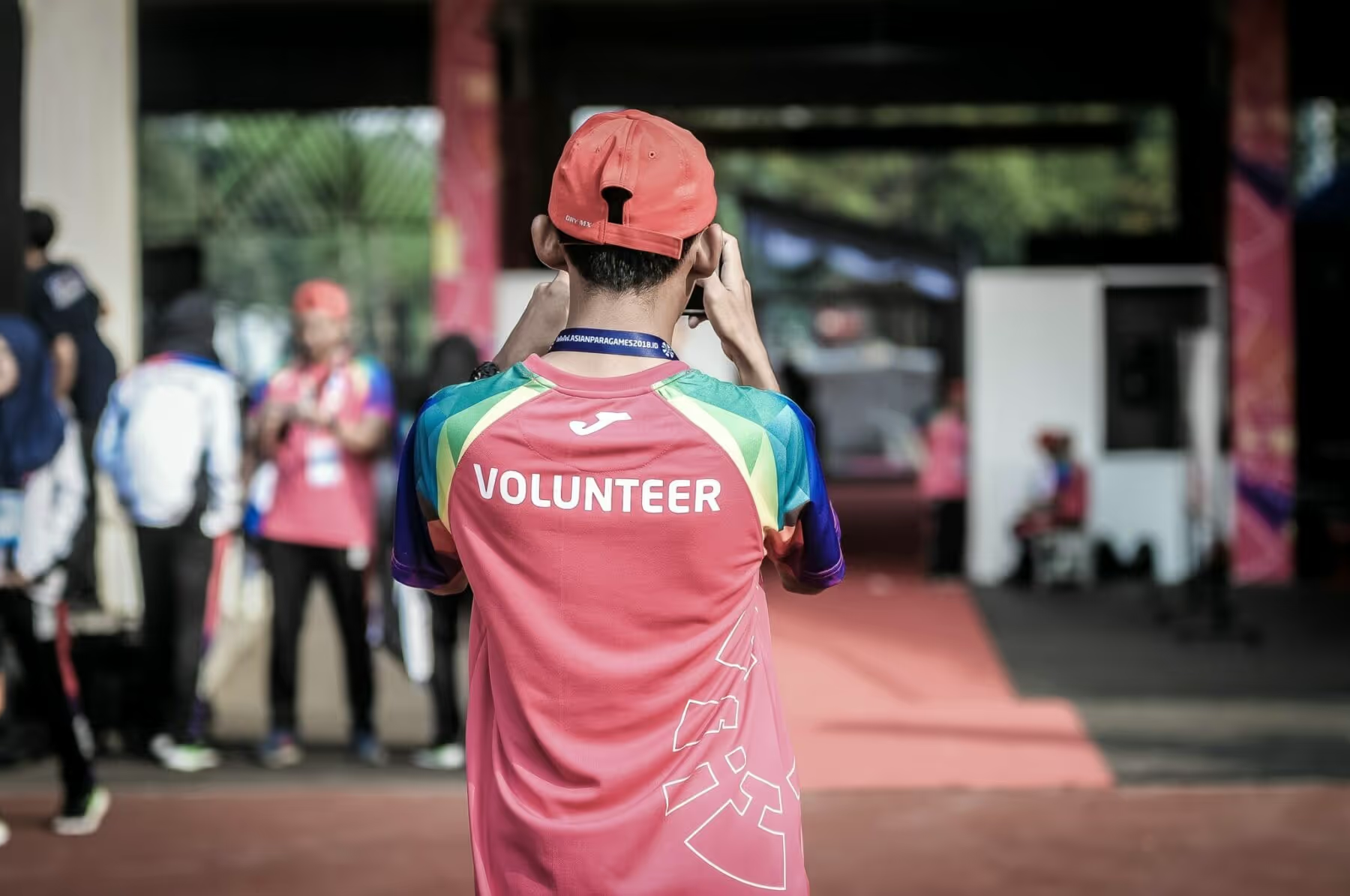






























.svg)
.svg)
.svg)
.svg)